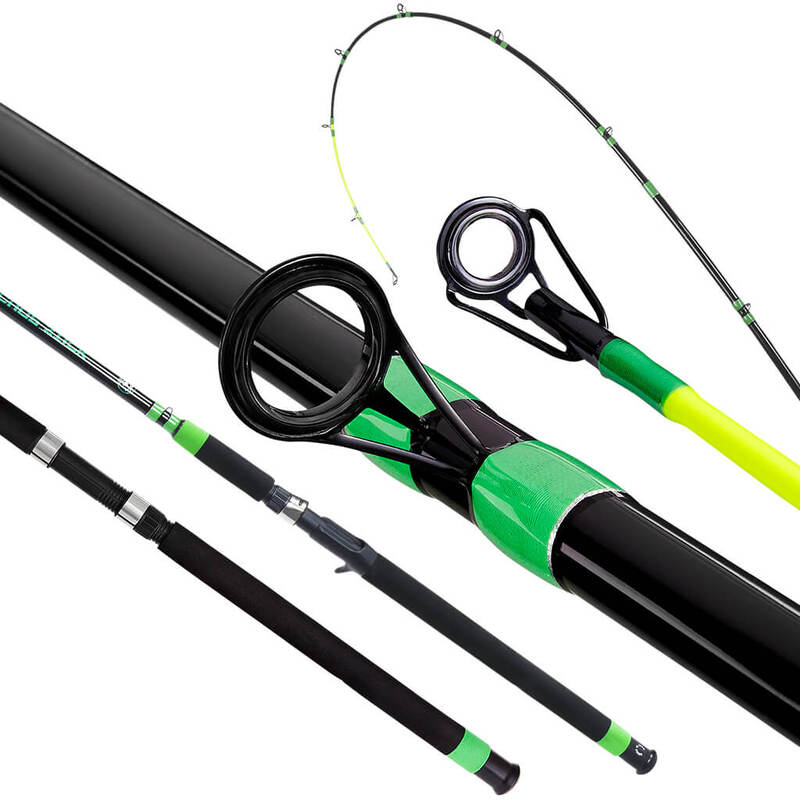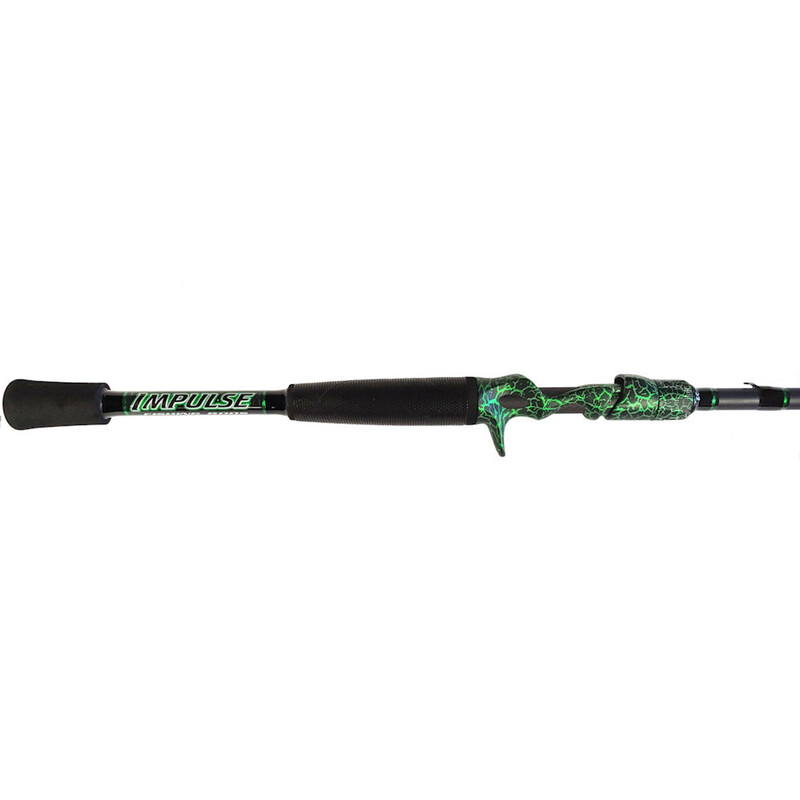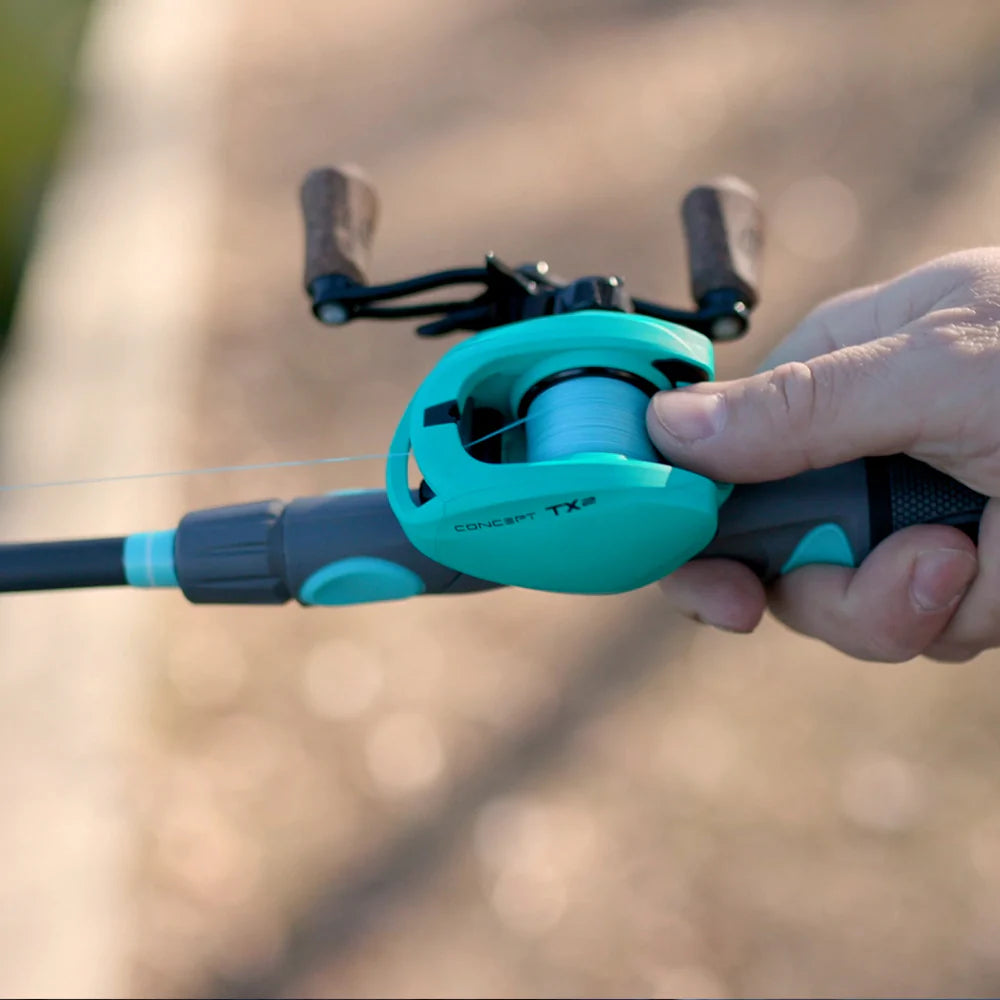Bass fishing is a popular activity enjoyed by many anglers. Understanding the optimal rod length can significantly enhance the fishing experience. Choosing the correct rod length tailored to your fishing technique is crucial. After all, using the right equipment often leads to better results on the water. Throughout this article, we will explore different factors that play into selecting the ideal rod length for bass fishing, including various fishing techniques and personal preferences.
Importance of Rod Length in Bass Fishing
Understanding Rod Action
Rod action influences sensitivity, control, and fish-catching ability. Fast action rods bend primarily at the tip, making hook sets effective. Medium action rods provide a compromise between sensitivity and flexibility. If you’re targeting bass in heavy cover, a fast action rod is often preferred. This design allows anglers to control the fish quickly. Thus, a shorter rod can help in tight spaces, while longer rods excel in open water.
Rod Length and Casting Distance
Casting distance is essential for catching skittish bass. A longer rod, typically around 7 to 8 feet, offers better leverage. This added length allows for additional casting distance, making it easier to reach bass hiding farther away. On the other hand, shorter rods (around 6 to 7 feet) provide increased accuracy. If you’re aware of where the bass are hiding, the shorter length may be beneficial. Precision can be more important than distance in certain fishing situations.

Choosing the Right Length for Specific Techniques
Topwater Fishing
Topwater fishing is a dynamic and exciting way to catch bass. When fishing topwater lures, selecting the right rod length can enhance your performance. A rod length of about 7 feet is often ideal. This length provides the necessary casting distance while allowing for quick hook sets. Additionally, a longer rod can make it easier to walk the dog with lures like Zara Spooks.
If you prefer shorter rods, a 6.5-foot rod can still work well. It offers more control and allows accurate placement of lures. This can be especially useful in confined spaces, such as under overhanging trees. Choose a rod based on your specific fishing environment and the type of topwater lure you prefer.
Jigs and Texas Rigs
When fishing with jigs and Texas rigs, specific techniques come into play. A medium to medium-heavy action rod, around 7 to 8 feet, is usually effective for these presentations. The added length enhances your ability to detect subtle bites. Moreover, a longer rod allows you to fish deeper structures that bass often hide in.
Conversely, if you’re fishing in thick cover, a shorter rod, like a 6.5-foot option, may be preferable. Shorter rods offer better leverage and help you maneuver fish through dense vegetation. Thus, the choice of rod length may depend on your fishing environment, so consider both options carefully.
Personal Preferences and Fishing Situations
Experienced Anglers vs. Beginners
Different anglers have unique preferences when it comes to rod length. Experienced anglers may gravitate toward longer rods. They frequently value the improved casting distance, especially on large bodies of water. They understand how to effectively work longer rods to their advantage.
Beginners, on the other hand, may find shorter rods more manageable. A 6-foot rod is usually easier to handle for those just starting. It allows beginners to develop fundamental techniques without feeling overwhelmed. Choosing a rod that fits your comfort level often makes for a more enjoyable fishing experience.
Freshwater vs. Saltwater Bass Fishing
The type of fishing environment also plays a role in rod length. In freshwater, anglers usually favor rods between 6 to 7 feet. This length offers the versatility needed for varied techniques and conditions. In saltwater, however, longer rods may be more effective. They provide extra leverage in challenging conditions, such as strong currents or wind.
In general, consider the specific type of bass you are targeting. If you’re fishing in lakes and ponds, opt for the standard freshwater rod lengths. If you venture into saltier environments, then explore longer options specifically designed for saltwater scenarios.

Seasonal Considerations for the Rod Length
Spring Fishing
During spring, bass often spawn in shallower waters. Anglers may need a shorter rod for precision when targeting these areas. A rod length of around 6 to 6.5 feet can provide the finesse needed. Furthermore, shorter rods can navigate through dense vegetation effectively, allowing for better access.
In this season, consider using lighter lures and techniques that match the bass’s behavior. A shorter rod can enhance your sensitivity to even the slightest bites. Consequently, this attention to detail can yield better results as the bass become more active in warmer waters.
Summer Fishing
Summer temperatures often push bass into deeper waters. Longer rods, typically around 7 to 8 feet, excel at reaching these depths. The additional length allows anglers to cast further and work various depths. Additionally, a longer rod can make it easier to retrieve big swimbaits, a popular choice during this season.
Moreover, when fishing offshore structures, a longer rod provides a better angle of approach. This allows for improved hook sets and more control during the fight. Consider your fishing style and which rod length aligns with your goals during summer months.
Materials and Construction: A Key Factor in Length Selection
Graphite vs. Fiberglass Rods
The choice of rod material can influence your fishing experience. Graphite rods are known for their sensitivity and lightweight nature. However, they may not provide the same durability as fiberglass rods. Conversely, fiberglass rods are generally more durable but heavier. Both materials can be found in different lengths suited for bass fishing.
When selecting a rod, consider how its material affects its length. A longer graphite rod may be easier to maneuver than a longer fiberglass option, for instance. Understanding these nuances can shape your decision-making process as you select the right rod for your bass fishing adventures.
Action and Power Ratings
The action and power ratings of a fishing rod impact your overall comfort and effectiveness. A rod with a fast action and medium power allows for quick hook sets while providing enough strength to land bass. For bass fishing, power ratings range from light to heavy, depending on your technique.
The choice of action and power will guide how different rod lengths feel in hand. A longer rod may excel in certain techniques, but only if the action and power ratings align. Therefore, always evaluate these factors when selecting your bass fishing rod.

Conclusion: Finding Your Perfect Length
Selecting the best rod length for bass fishing can significantly enhance your experience. It’s essential to evaluate your fishing technique, personal preferences, and environmental conditions. Each fishing situation is unique, and there is no one-size-fits-all solution. Rod lengths typically range from 6 to 8 feet, but your choice should cater to your specific needs.
As you fish, consider how your chosen rod influences sensitivity, casting distance, and hook-setting ability. Additionally, think about seasonal changes that may dictate which rod length is optimal at different times of the year. The material, action, and power of the rod also contribute greatly to your overall experience.
Ultimately, take time to explore different rod lengths and their unique benefits. Through careful consideration, you will find the perfect rod length that aligns with your bass fishing goals. Enjoy the pursuit of bass, and make the most of your fishing adventures!


















